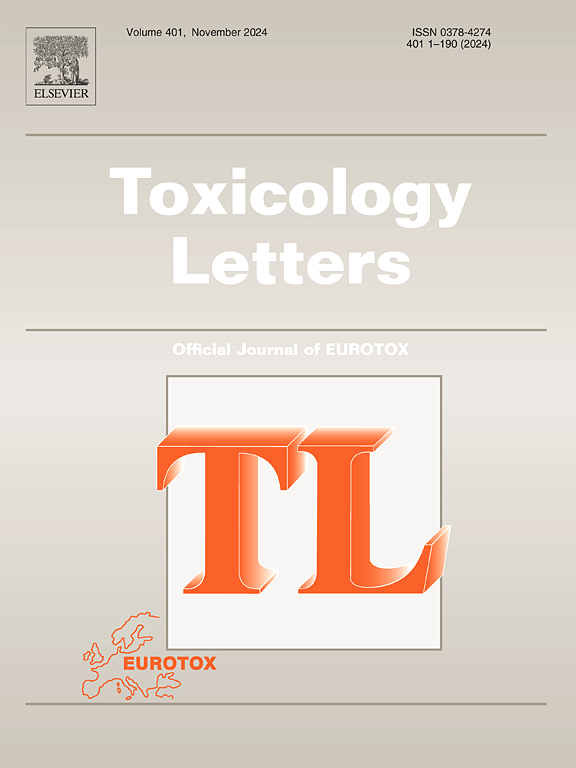Neurotoxicity of food colorants: Gut dysbiosis and reduced short-chain fatty acids disrupt the enteric nervous system and lead to neurological disability
IF 2.9
3区 医学
Q2 TOXICOLOGY
引用次数: 0
Abstract
For centuries, the practice of adding color to food has become deeply ingrained in culinary traditions, evolving into an indispensable aspect of food production today. Major food manufacturing companies extensively use colorants to enhance the visual appeal of their products. However, recent years have seen an increasing number of studies by researchers who have uncovered various health risks associated with food color additives. These studies have predominantly linked food colorants to severe health conditions such as cancer and allergies. Beyond these issues, further investigations have revealed that excessive use of food colorants can also lead to neurological disorders. Specifically, food colorants such as Tartrazine, Allura Red, Indigotine, Erythrosine, and Titanium Dioxide have been identified as significant contributors to bodily harm. Research indicates that these colorants do not directly affect the brain but impact the gut microbiome. They destroy beneficial gut bacteria, creating a pathway for neurological issues. While the direct mechanisms through which these colorants damage the gut and subsequently affect brain health are not yet fully understood, this paper aims to elucidate these pathways. Through comprehensive analysis, we demonstrate how these food colorants compromise gut health and lead to neurological impairments. By highlighting these interactions, this paper seeks to raise awareness and stimulate further research within the scientific community. Such research could pave the way for significant discoveries, providing deeper insights into the long-term effects of food colorants and leading to more informed regulatory decisions and safer food production practices in the future.
食用色素的神经毒性:肠道生态失调和短链脂肪酸减少会破坏肠道神经系统,导致神经功能障碍
几个世纪以来,在食物中添加颜色的做法已经在烹饪传统中根深蒂固,演变成今天食物生产中不可或缺的一个方面。主要的食品制造公司广泛使用着色剂来增强其产品的视觉吸引力。然而,近年来,越来越多的研究人员发现了与食品色素添加剂相关的各种健康风险。这些研究主要将食用色素与癌症和过敏等严重健康状况联系起来。除了这些问题,进一步的调查显示,过度使用食用色素也会导致神经系统疾病。具体来说,食用色素,如酒黄、紫红、靛蓝、红素和二氧化钛,已被确定为对身体有害的重要因素。研究表明,这些着色剂不会直接影响大脑,但会影响肠道微生物群。它们会破坏有益的肠道细菌,从而引发神经系统问题。虽然这些着色剂损害肠道并随后影响大脑健康的直接机制尚未完全了解,但本文旨在阐明这些途径。通过综合分析,我们展示了这些食用色素是如何损害肠道健康并导致神经损伤的。通过强调这些相互作用,本文试图在科学界提高认识并刺激进一步的研究。这样的研究可以为重大发现铺平道路,为食用色素的长期影响提供更深入的见解,并在未来导致更明智的监管决策和更安全的食品生产实践。
本文章由计算机程序翻译,如有差异,请以英文原文为准。
求助全文
约1分钟内获得全文
求助全文
来源期刊

Toxicology letters
医学-毒理学
CiteScore
7.10
自引率
2.90%
发文量
897
审稿时长
33 days
期刊介绍:
An international journal for the rapid publication of novel reports on a range of aspects of toxicology, especially mechanisms of toxicity.
 求助内容:
求助内容: 应助结果提醒方式:
应助结果提醒方式:


